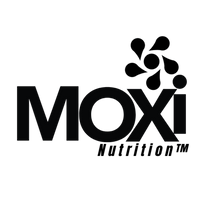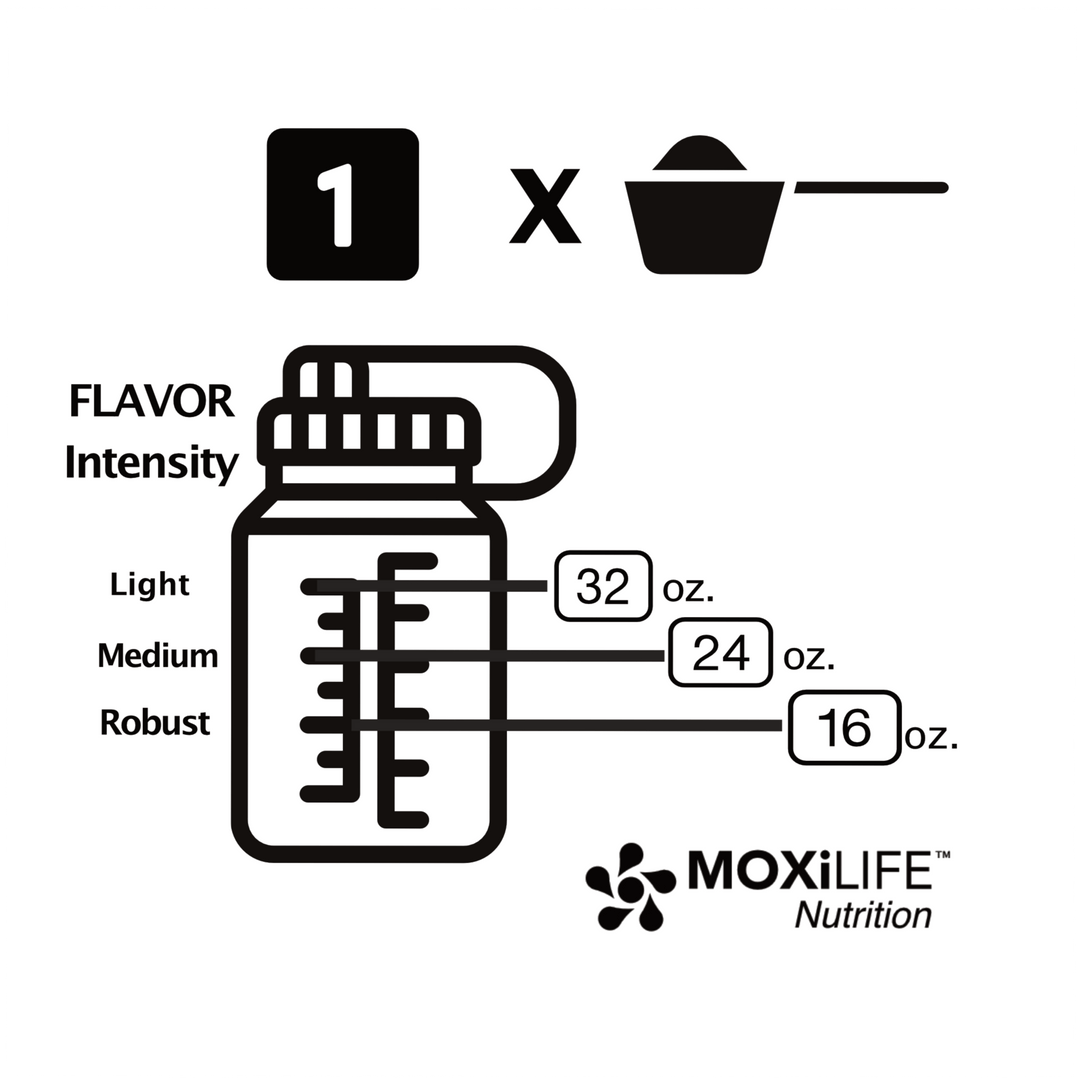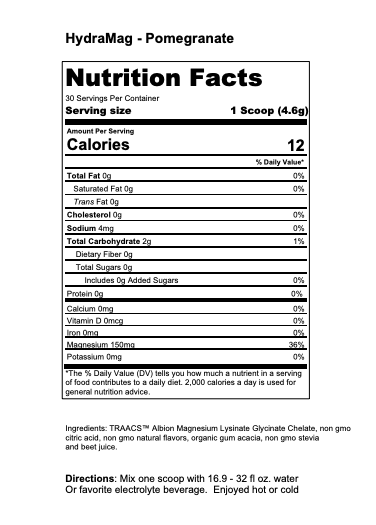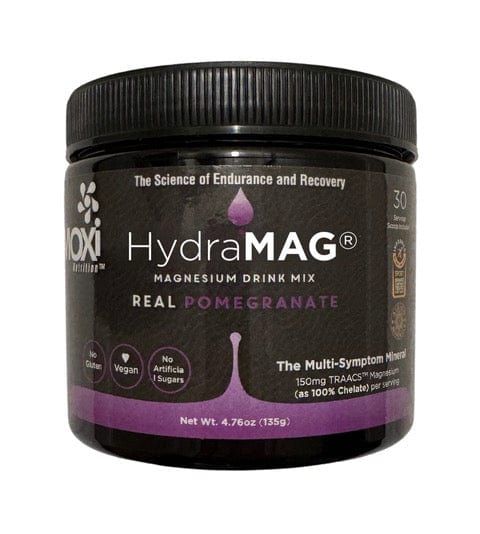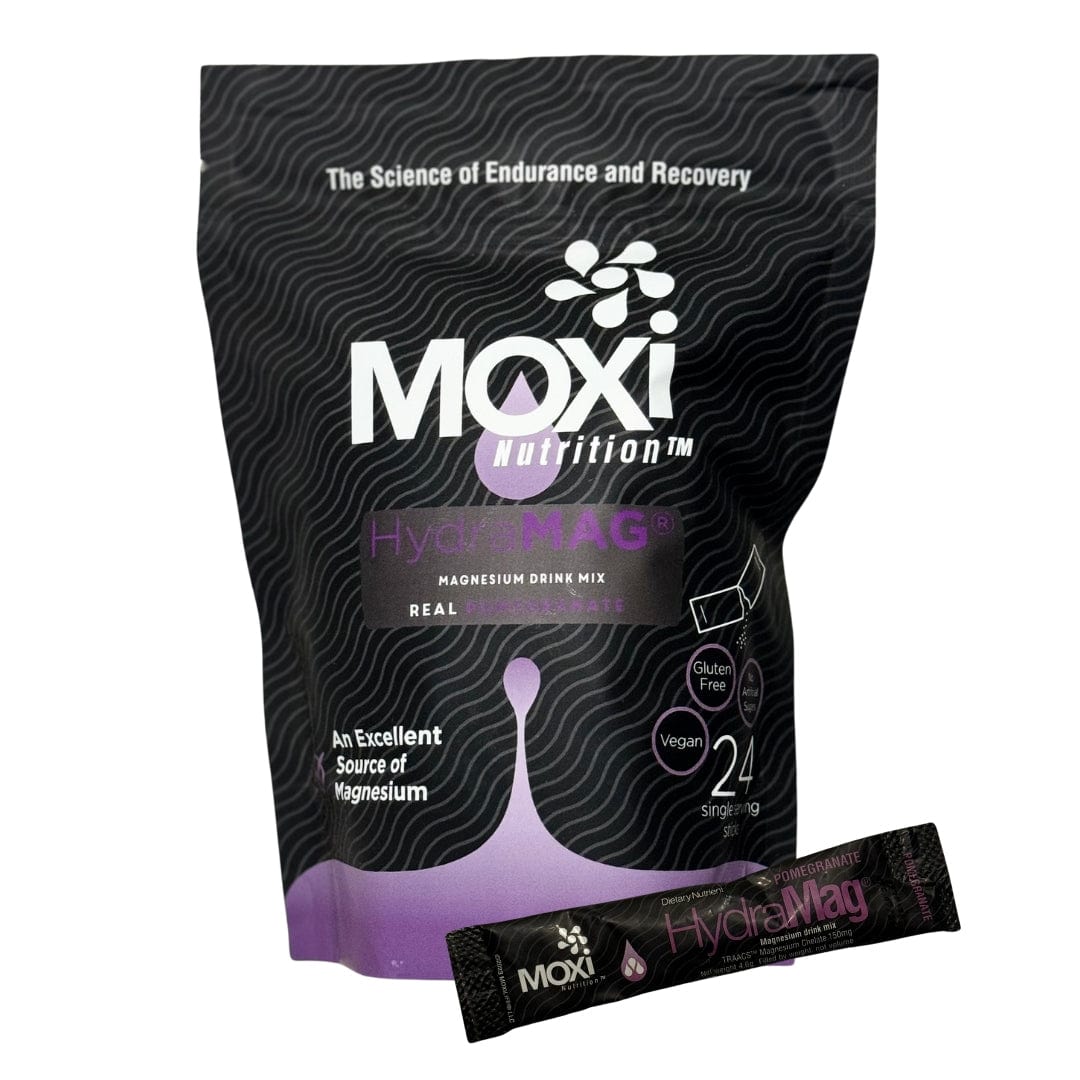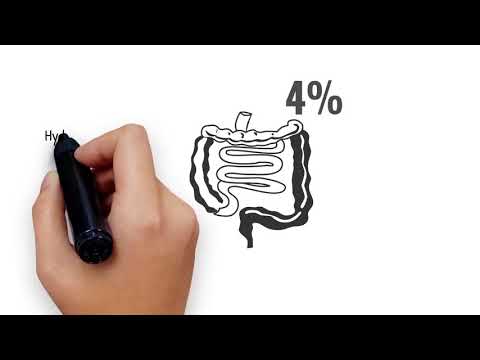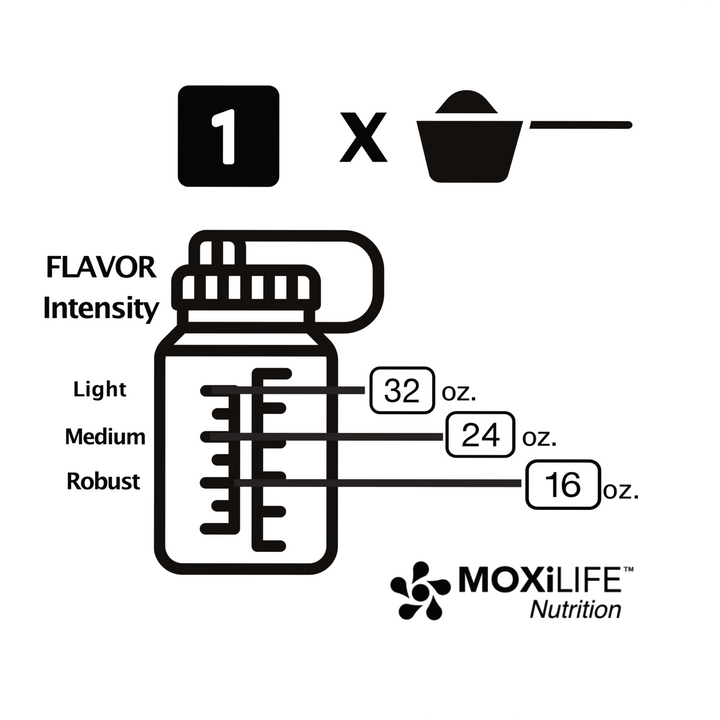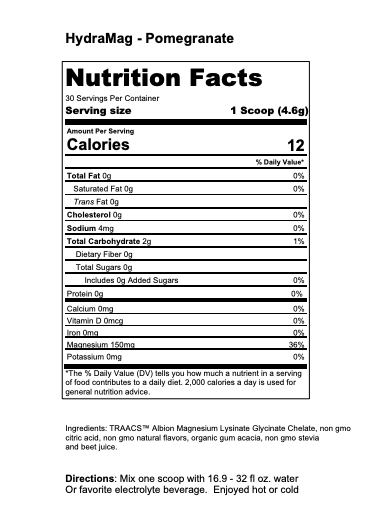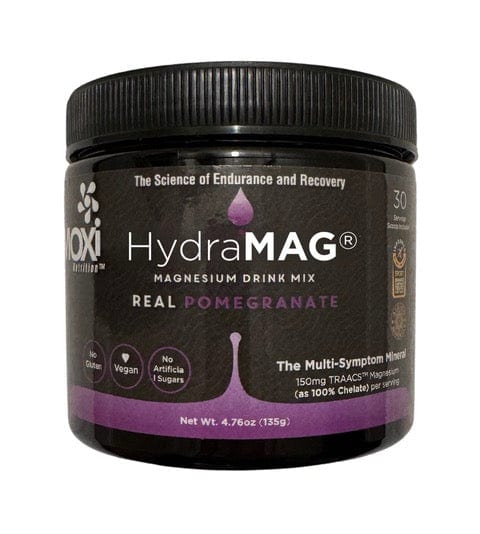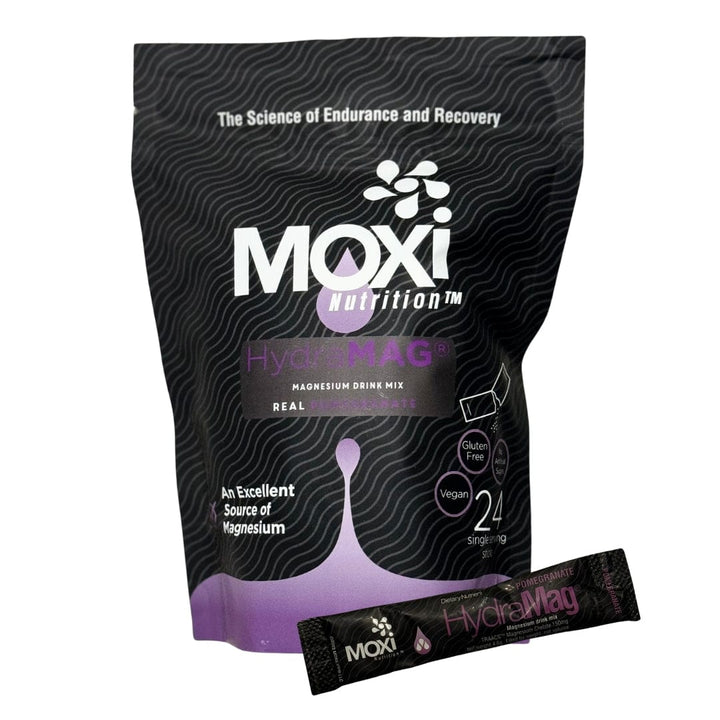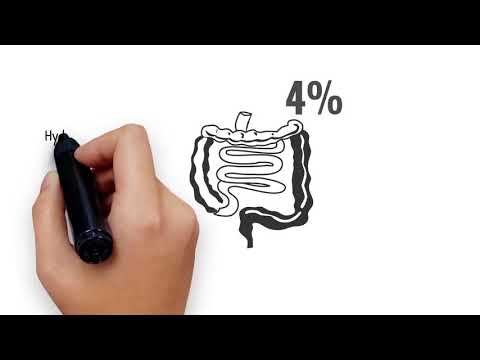How Do We get Magnesium Deficient?…Why is there less Magnesium in our Diets?
MAGNESIUM, AND ALL OTHER MINERALS, STARTS WITH THE SOIL:
Depleted soil, inadequate crop rotations and limited fertilizing nutrients are contributing factors to the current deficient agriculture environment. Unless produce is grown within a carefully cultured environment, locally grown and not on a mass scale with carefully monitored soil rotation and various compost replenishment protocols, the clean produce will not have the amounts and levels of nutrients once found in our food 30 years ago.

Agriculture Timeline:
- NKP focused: Nitrogen,Potassium, phosphorus fertilizers don’t replenish the full minerals spectrum needed for balanced plant nutrients.
- Quantity vs Quality: Grow more to meet demands of food producers needs.
- Subsidies: Income driven farming reduces soil care and increases focus primarily on increasing yields vs. yields with nutritional values.
-We have over worked our soil and depleted the minerals necessary for plants nutritional uptake. According to many studies and references the nutritional values for fruits and vegetables have significantly dropped since 1975. Studies conducted on 12 fresh vegetables showed a Calcium decline of 27%; iron decline of 37%; Vitamin A decline of 21%; and Vitamin C reduction of 30%.
Dietary surveys suggest that magnesium deficiency is quite common, given the common reliance on processed foods and also a decline in the amount of magnesium found in soil over the past 50 years, affecting the amount in natural foods 1.
Global farming:
- Transportation requirements leads to picking crops prior to maturation.
- Picking crops prior to maturation doesn't allow for full nutrient absorption.
-Shipping and transportation has made our accessibility to produce and other food products as though it was right next door. That is a perception that has veiled our understanding of how healthy a produce section is in our local grocery store. For the above reasons we now have greater access to a variety of foods however the questions remains is the nutritional value. The positive is we do get to taste a greater variety of foods.
Population & Lifestyle:
- Population is increasing

- commuting to and from work doesn’t support cooking at home
-
Processed fast food is stripped of natural nutrients and replaced with inorganic, synthetic sources.
-Our world is growing at a very fast pace and the nutritional values of our food sources are increasingly diminishing to meet supply demands. Simple Economics. ROI (Return On Investment) is an increasing factor in the competitive nature of the nutrition industry, hence offering inferior products; in turn, increases ROI and reduces the nutritional biophysical impact.
Future Needs:
- Local Farming /Farmers Markets
- Preplanning meals and cooking for the week, on weekends.
- Selecting foods based on nutrient content vs. convenience
Starts with Thoughtful Nutrition:
Your body needs a thoughtful daily nutrition dense diet.
To place the demands on it at a cellular level without replenishing the lost nutrients will create: system imbalances, leaching from muscles and bones to increase serum supplies. These occurrences manifest symptoms to include; and not limited to, fatigue, muscle cramping, increased colds, longer recovery times, slower performances, and increased cellular tissue damage.
Dietary surveys suggest that magnesium deficiency is quite common, given the common reliance on processed foods also a decline in the amount of magnesium found in soil over the past 50 years, affecting the amount in natural foods 2.
References
1 Davis DR, Epp MD & Riordan HD. Changes in USDA food composition data for 43 garden crops, 1950 to 1999. J Am Coll Nutr. 2004. 23(6): 669-82

